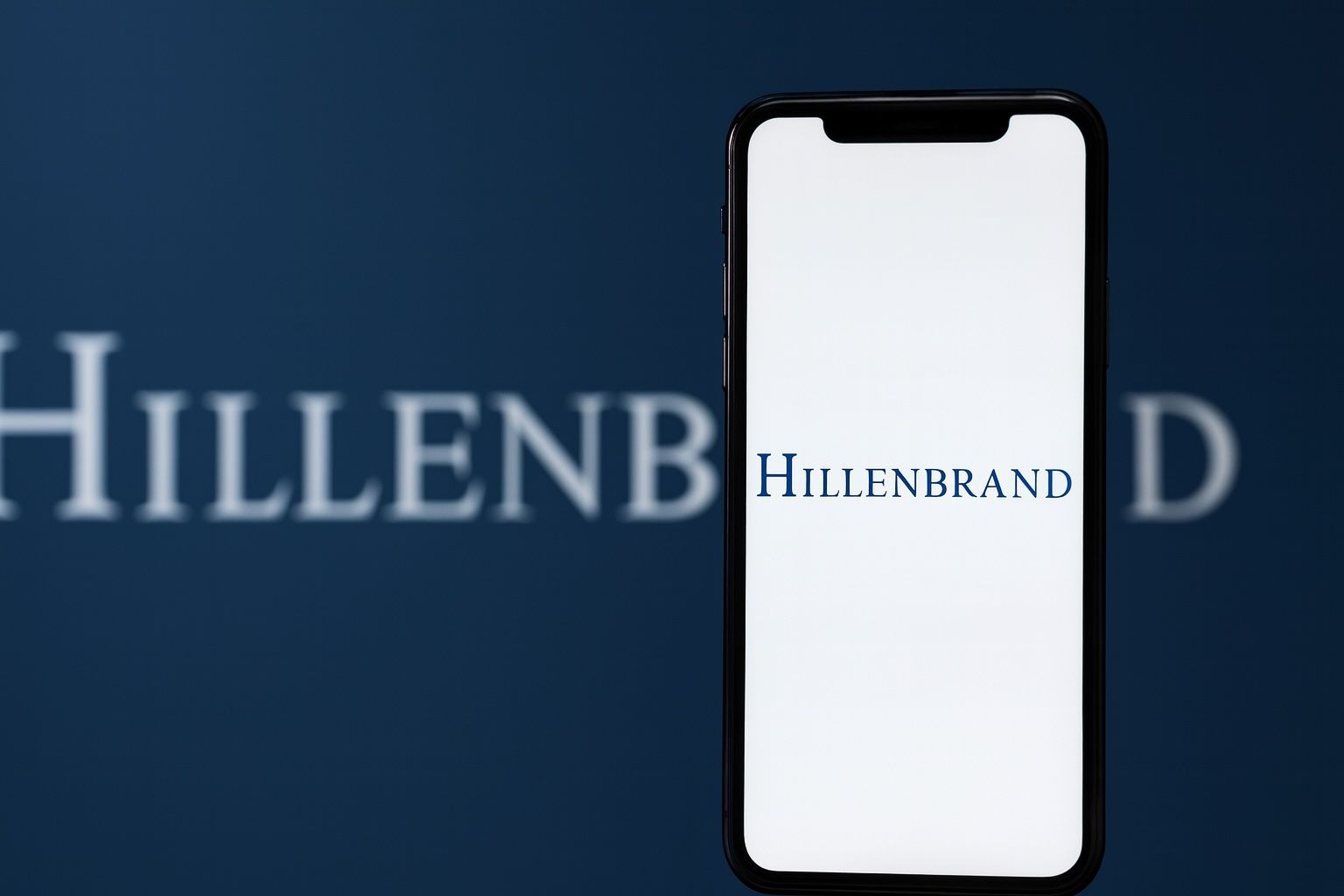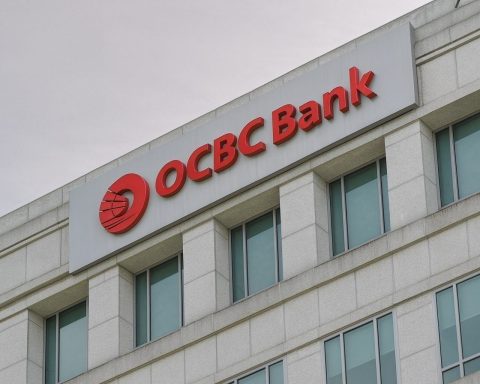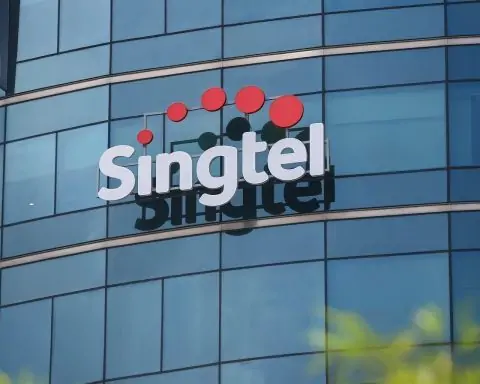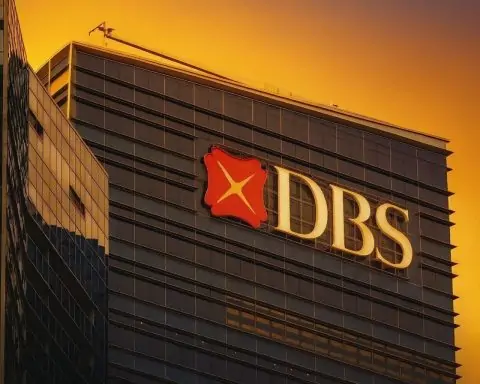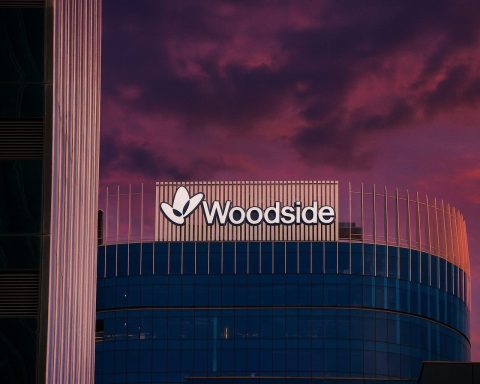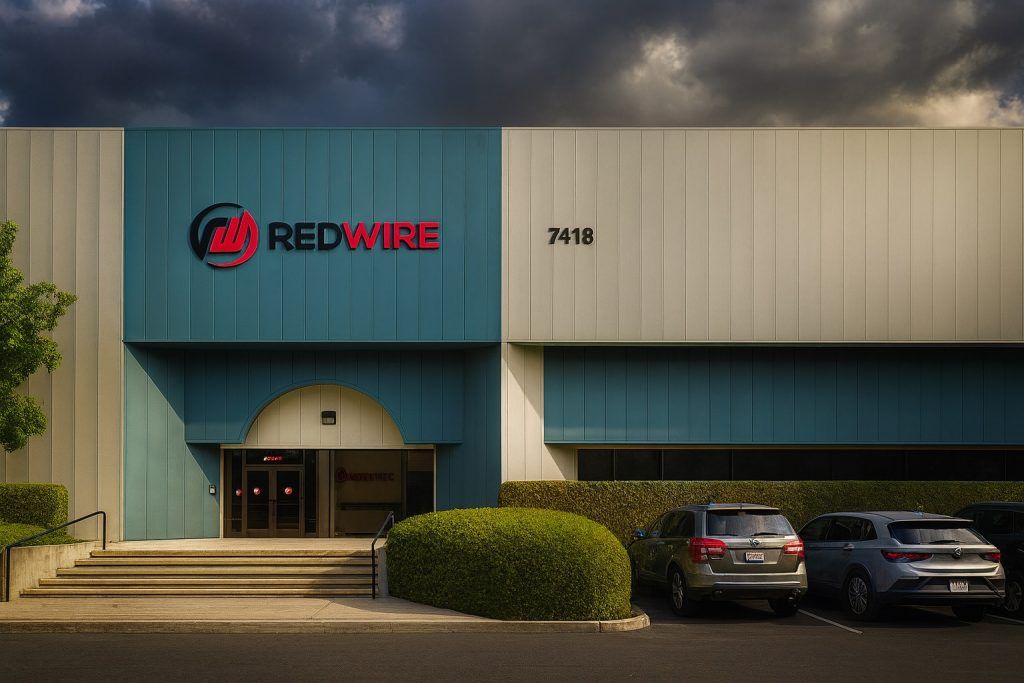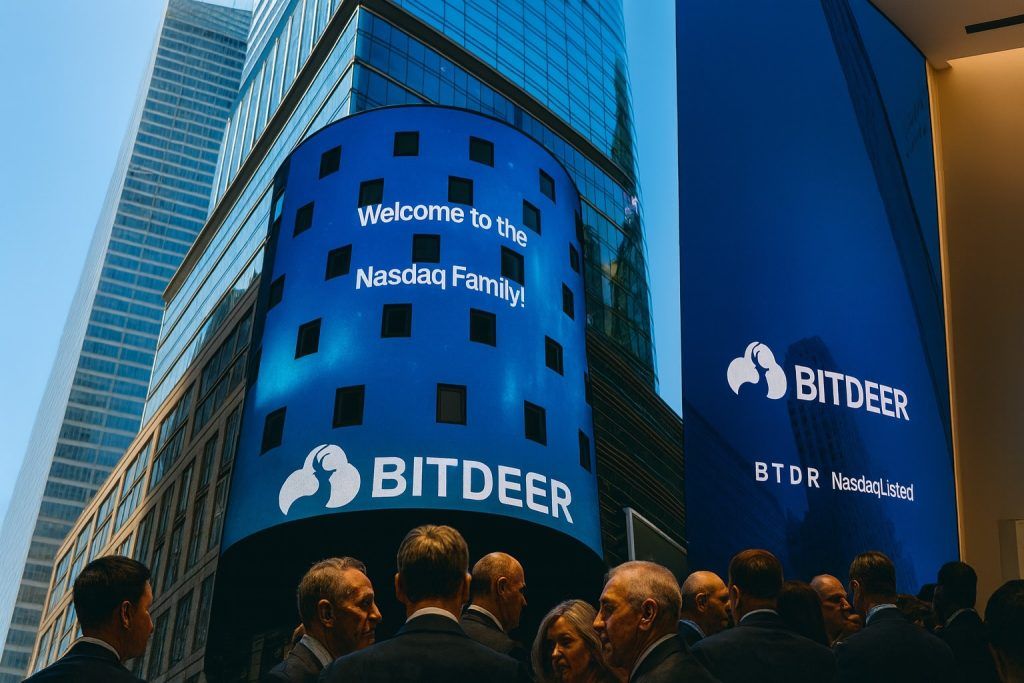- Stock Price (Oct. 15, 2025): HI was trading around $31.40, up about +18.7% midday after open [1].
- Acquisition Deal: Lone Star Funds will buy Hillenbrand for $32.00 per share in cash, an ~$3.8 billion transaction [2].
- Premium: The offer is roughly 37% above Hillenbrand’s “unaffected” Aug. 12 stock price (and 53% above the 90-day VWAP) [3].
- Timeline: The deal, unanimously approved by Hillenbrand’s Board, is expected to close by Q1 2026 (subject to shareholder and regulatory approvals) [4]. After closing, HI will go private and its NYSE listing will end [5] [6].
- Board & Management: Board Chair Helen Cornell noted the deal “delivers immediate and certain cash value… at a substantial premium” to shareholders [7]. CEO Kim Ryan highlighted the company’s “tremendous progress transforming into a pure-play industrial company” through recent strategic moves [8]. Lone Star CEO Donald Quintin said he is “excited to partner with Hillenbrand, a high-quality operator in the industrial equipment sector” [9].
- Earnings Impact: Hillenbrand will release Q4 FY2025 results on Nov. 19 as planned, but will issue only a press release (no live call) and provide no 2026 guidance [10] [11].
- Analyst Sentiment: Wall Street analysts had an average “Hold” rating on HI, with a 12-month target ~$32.00 [12] (essentially the takeover price).
- Technical Outlook (pre-deal): Prior analysis showed a short-term uptrend with support around $26.40 [13]. One forecast (Oct 13) saw a 26.6% gain to $30–35 within 3 months [14]. (The takeover now supersedes these technical targets.)
- Market Context: Through Oct. 14, HI was down ~15% year-to-date [15], underperforming the S&P 500 (which is up ~15% YTD [16]). The industrial-equipment sector has generally lagged the broader market this year. Hillenbrand’s heavy focus on durable goods (plastics, food-processing and recycling equipment) contrasts with the tech- and consumer-driven market rally.
Lone Star Buyout Details
Hillenbrand (NYSE: HI) announced on Oct. 15 that it will be acquired by Lone Star Funds in an all-cash deal at $32.00 per share [17]. At this price, the transaction’s enterprise value is roughly $3.8 billion, including Hillenbrand’s debt. The board said it reviewed multiple strategic options and unanimously determined the offer “is in the best interest of Hillenbrand and its shareholders” [18]. Lone Star’s offer represents a 37% premium to Hillenbrand’s pre-deal share price on Aug. 12 [19], and 53% above the 90-day average price up to that date. The companies expect the deal to close by the end of Q1 2026, pending Hillenbrand shareholder and regulatory approvals [20] [21]. Once completed, Hillenbrand will become privately held and its stock will be delisted [22] [23].
Hillenbrand’s leadership strongly endorsed the deal. Board Chair Helen Cornell said the transaction “delivers immediate and certain cash value… at a substantial premium to recent trading” [24]. CEO Kim Ryan noted that in recent years the company “has made tremendous progress transforming into a pure-play industrial company, reshaping our portfolio, and making strategic investments in the business” [25]. Lone Star CEO Donald Quintin likewise praised Hillenbrand’s quality, saying, “We are excited to partner with Hillenbrand, a high-quality operator in the industrial equipment sector” [26].
Stock Reaction and Performance
News of the Lone Star bid sent the stock rising sharply. Hillenbrand shares opened at about $31.41 on Oct. 15 [27] (close to the $32 offer) and by late morning were around $31.44, up ~18.7% [28]. (For context, the S&P 500 opened flat that day.) The bump on Oct. 15 builds on a modest rally in the prior week amid takeover speculation – HI was trading in the low-$26s on Oct. 10 before climbing back to ~$26.5 by Oct. 14. (Technical traders had noted support near $26.40 [29] and a bullish 3-month target around $30–35 [30], prior to the deal.)
After the announcement, market watchers pointed out that HI’s stock is essentially locked near the offer price. Most analysts view the deal price as a ceiling: MarketBeat notes analysts’ average 12-month price target was $32.00 [31], exactly the takeover bid. All four covering analysts had rated Hillenbrand a “Hold” going into the deal. In short-term trading, investors will likely keep the stock pinned near $32 while awaiting deal close. (If the merger closes, any remaining publicly traded shares would soon vanish.)
Analyst Comments and Forecasts
Before the deal, Wall Street’s consensus was cautiously neutral. The four analysts covering HI had given it a “Hold” consensus with an average target of ~$32 [32]. For example, TipRanks notes the most recent rating was a Hold with a $27 target (though that predates the deal) [33]. TipRanks’ AI-driven Spark analysis labels Hillenbrand “Neutral,” citing declining revenues and profitability as headwinds, even as it notes the stock’s technicals show a “moderate bullish trend” and a decent dividend yield (around 1%) provides some cushion [34].
Looking ahead, traditional analysts’ forecasts have become academic given the takeover. In the short term, traders will focus on the deal mechanics rather than fundamentals. Technical models that had been bullish (one projected a ~26% gain to $30–35 over 3 months [35]) must now contend with the fixed offer price. In the long term, if the deal goes through HI stock simply disappears. Absent the deal, the consensus was that Hillenbrand’s industrial equipment businesses could slowly rebound as global manufacturing picked up. But with Lone Star taking the company private, there is no remaining public “target price” beyond $32.
Industry and Market Context
Hillenbrand is a niche industrial-equipment company (serving durable plastics, food-processing, recycling and related markets [36]). Such stocks have generally lagged the broader market in 2025. Year-to-date through Oct. 14, HI is down about 15% [37], whereas the S&P 500 is up roughly 15% [38]. For example, industrial-heavy indexes (like the S&P Industrial Index) have risen only modestly this year, as factory equipment orders remain sluggish. Hillenbrand’s underperformance partly reflected an ongoing portfolio overhaul: the company had divested non-core segments (like its metals-cutting legacy business) and refocused on higher-margin food and durable goods equipment. Those moves improved profitability (Q3 FY2025 EPS was better than a year ago [39]), but revenue was still pressured by weak end markets.
In sum, before the deal Hillenbrand was seen as a turnaround story with limited upside. The Lone Star bid now guarantees a fixed return for investors and ends any short-term uncertainty. Analyst forecasts and technical charts will take a back seat while the deal progresses. Market watchers’ bottom line: if the acquisition closes as planned, HI shareholders will receive $32 in cash, and the stock will cease trading. Until then, HI is likely to trade near that level – a dramatic change from its quietly sliding trend earlier in the fall.
Sources: Official company press release and PR Newswire [40] [41]; Reuters and Investing.com coverage [42] [43]; Benzinga market report [44]; MarketBeat analyst consensus [45]; technical analysis from StockInvest.us [46] [47]; TipRanks analysis [48]; and Hillenbrand/industry data [49] [50].
References
1. www.benzinga.com, 2. ir.hillenbrand.com, 3. ir.hillenbrand.com, 4. ir.hillenbrand.com, 5. ir.hillenbrand.com, 6. www.benzinga.com, 7. www.investing.com, 8. www.benzinga.com, 9. www.benzinga.com, 10. www.benzinga.com, 11. ir.hillenbrand.com, 12. www.marketbeat.com, 13. stockinvest.us, 14. stockinvest.us, 15. devyara.com, 16. devyara.com, 17. ir.hillenbrand.com, 18. ir.hillenbrand.com, 19. ir.hillenbrand.com, 20. ir.hillenbrand.com, 21. www.benzinga.com, 22. ir.hillenbrand.com, 23. www.benzinga.com, 24. www.investing.com, 25. www.benzinga.com, 26. www.benzinga.com, 27. www.investing.com, 28. www.benzinga.com, 29. stockinvest.us, 30. stockinvest.us, 31. www.marketbeat.com, 32. www.marketbeat.com, 33. www.tipranks.com, 34. www.tipranks.com, 35. stockinvest.us, 36. ir.hillenbrand.com, 37. devyara.com, 38. devyara.com, 39. www.prnewswire.com, 40. ir.hillenbrand.com, 41. www.benzinga.com, 42. www.reuters.com, 43. www.investing.com, 44. www.benzinga.com, 45. www.marketbeat.com, 46. stockinvest.us, 47. stockinvest.us, 48. www.tipranks.com, 49. devyara.com, 50. www.prnewswire.com
